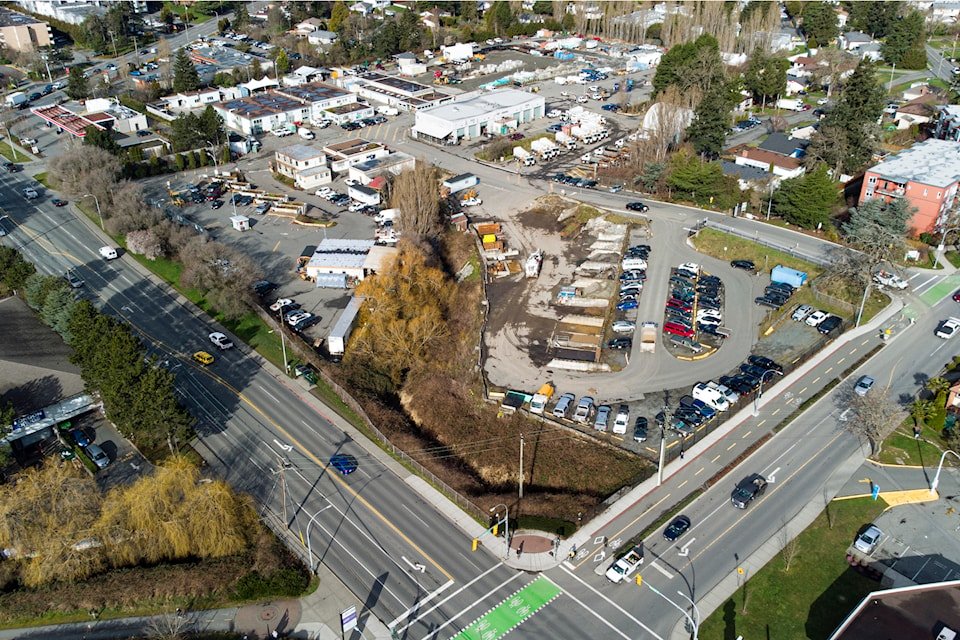Saanich residents have officially stopped a $150-million borrowing plan for redeveloping the Saanich Operations Centre. The result came through the Alternative Approval Process (AAP), with the final count presented to council on July 21.
A total of 10,613 valid responses were received before the June 25 deadline. This represents 12.2% of eligible voters, surpassing the 10% required to reject the plan. An additional 497 responses were submitted but were found invalid for various reasons.
During the council meeting, Saanich’s corporate officer Angila Bains explained why some forms were rejected. Many were missing full names, addresses, or signatures. Some included more than one person on a single form, which is not allowed. Forms from people living outside Saanich were also disqualified. Bains noted that the process is considered final, and individual explanations will not be provided. While this may leave some residents disappointed, the rules were applied fairly and consistently.
Councillor Colin Plant thanked staff for managing the process and said he respects the result. He added that he has heard the community’s concerns and will listen to what residents have clearly expressed. He also asked about the next steps. Chief Administrative Officer Brent Reems responded that a full report is being prepared and will be ready by August 18. The report is expected to explore different options going forward.
Councillor Nathalie Chambers, who was against the AAP from the beginning, said she was very happy with the result. She described it as a strong example of public engagement and said it shows the power of a community coming together. Chambers added that the outcome reminded her why she entered public service and that all residents deserve to be part of decisions that shape their community.
Councillor Teale Phelps Bondaroff asked staff about the potential cost of new options. He was told that the figures are not yet available. He expressed concern that alternatives could end up costing more than the original plan. He warned that those who believed the rejection would save tax dollars may be surprised once the full costs are revealed in the upcoming report.
The original AAP was intended to allow the district to borrow up to $150 million to upgrade the Saanich Operations Centre. This facility handles essential services such as road maintenance, waste collection, and public works. Officials said the upgrades were needed to improve aging infrastructure. However, some residents felt the cost was too high and that the public had not been properly consulted.
Under the AAP, any eligible voter in Saanich could fill out a form opposing the borrowing. If more than 10% of voters did so, the plan would be stopped. That threshold was met, and the plan now cannot proceed unless put to a full public vote.
With the AAP now rejected, council must consider new ways to move forward. This could include revising the project, finding new funding sources, or reducing the scope of the redevelopment.
While there is still uncertainty about what comes next, one thing is clear: residents have sent a strong message. They want a say in how large public funds are spent, and they expect transparency in major decisions.
The council will wait for the final staff report before making any further choices. For now, the original borrowing plan has been blocked, and the district will explore new paths guided by public input.

